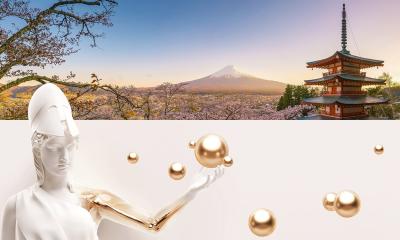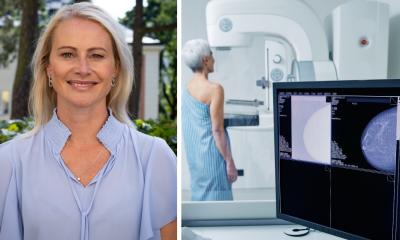MRI: Diagnosis of arteriosclerosis and plaque imaging
The spatial-anatomic visualisation offered by MRI already provides immense diagnostic possibilities for cardiology. However, as yet, the potential of this imaging modality is far from exploited, according to Professor Bernd Hamm (right), of the Radiology Department at the Charité Hospital, Berlin. Daniela Zimmermann of European Hospital, asked him why.

Professor Bernd Hamm
What role does molecular imaging currently play in cardiology?
‘In molecular imaging we – just like everyone else – are in the very early stages. We do basic research, so to speak. Research into the visualisation and differentiation of stable and vulnerable plaque is very important for us. Vulnerable - that is inflamed - plaque can rupture at any moment and cause thromboses, which are often fatal. At this point we do not have a method do distinguish vulnerable from stable plaque. This is where molecular medicine comes in: The macrophages (cells that play a crucial role in the inflammation process of the plaque) bind well with magnetic nano particles. In the Nano for Life Working Group, a research co-operation between Siemens and here at the Charité in Berlin, we work with ultra small iron particles that can make vulnerable plaque visible in MRI. Even more: we can determine the status of the inflammation, because the higher the inflammation activity the better the uptake of the iron markers. Based on the number and distribution of the markers in the body, we can then provide a very precise risk analysis for the patient. MRI is the most sensitive procedure to visualise these markers.
‘There are also CT research projects that are important for cardiology – the non-invasive visualisation of the coronary vessels, for example. We are working with a 64-slice CT which is able to visualise the coronary vessels very reliably.
‘In summary we expect immense progress in cardiological imaging in the near future – progress which will enable us to diagnose diseases earlier and more precisely.’
03.09.2007
More on the subject:











